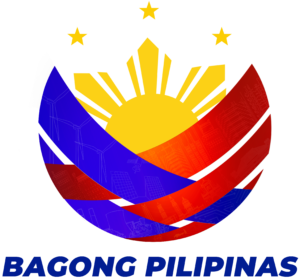A pleasant morning to everyone. We are happy to join you today in launching this volume on Philippine toponymy because it is an important addition to the scarce literature on indigenous place names that are important traces of our culture and history that should be preserved.
This is the reason why our revised guidelines on the naming and renaming of streets, public schools, plazas, buildings, bridges and other public structures at the National Historical Commission of the Philippines repeatedly mention the retention of names that have historical and cultural significance. One item that explicitly mentions about indigenous names is Section II.3 which says, and I quote: “indigenous names of roads, streets, barangays and other places should always be preserved especially if that name is unique to the place (e.g. places named Sampaguita, Tagaytay, Kundiman, Tayuman, etc., should not be renamed).
And thankfully, to strengthen this particular item in the guidelines, our lawmakers passed Republic Act No. 11961, which specifically states in Section 25 that place names that are more than 50 years should not be renamed unless approved by the NHCP.
This volume on toponymy is also significant because it contributes in the study of place names that departs from the common folklores that foreigners named the places based on what they saw or heard from the first locals they encountered.
We hope that this volume will inspire readers to contribute in the preservation of indigenous places names or even start looking into the origins of their own places names.
Muli, isang magandang umaga!
ROSARIO V. SAPITAN
OIC, Deputy Executive Director
for Administration and Chief, Finance and Administrative Division

